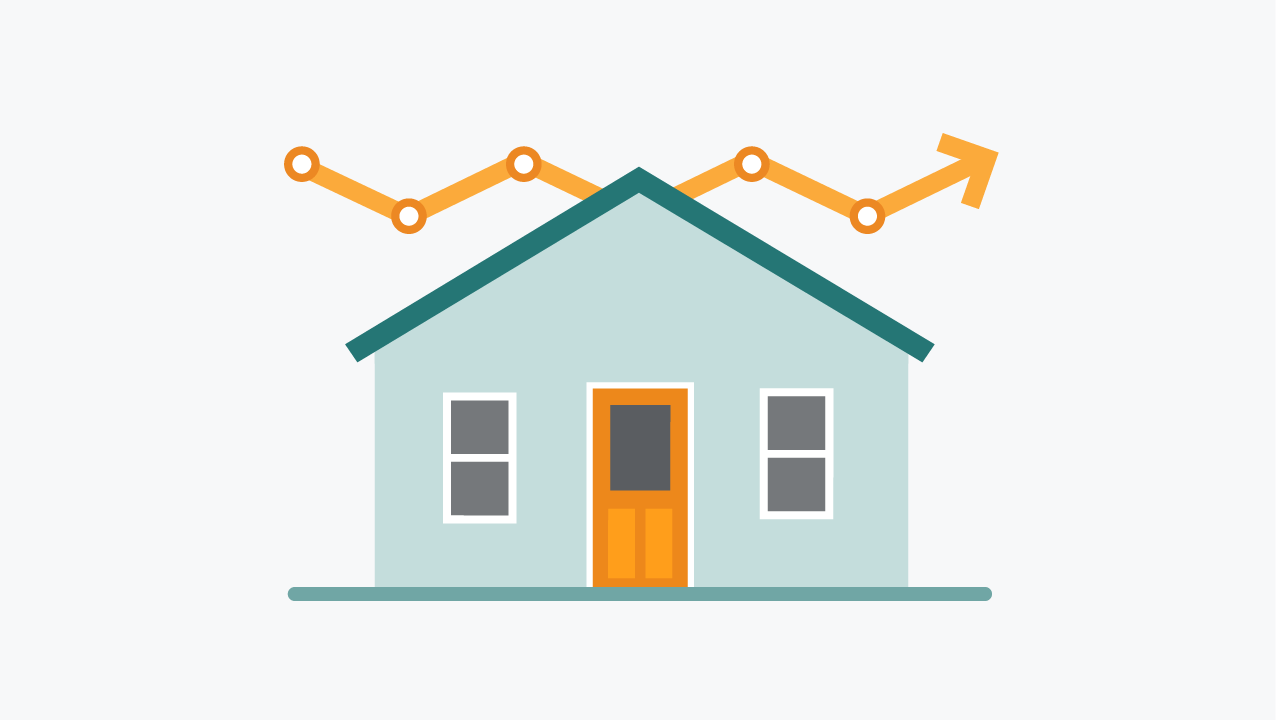Recent Changes in Medical Collections on Consumer Credit Records
Medical collections on consumer credit reports have been an area of focus for CFPB research in recent years. In addition to studying trends in medical debt as a whole, CFPB reports have documented the burden of medical debt on older Americans, and the incidence of medical collections in rural counties in Appalachia and the Deep South region.

